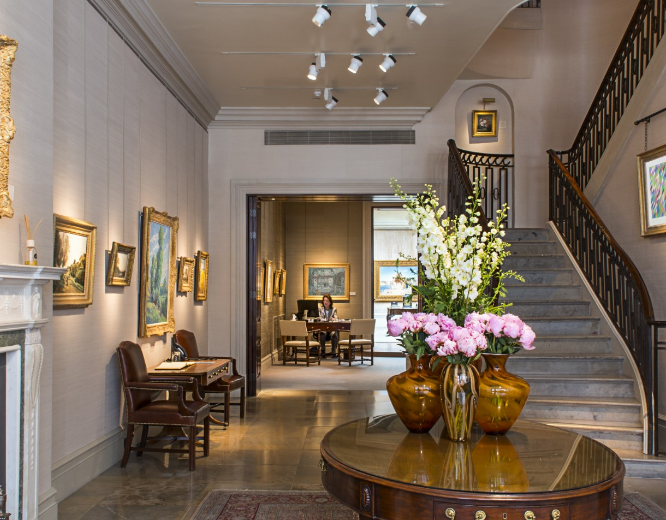Rachel Ruysch: Nature into Art
The Toledo Museum of Art, Toledo, OH, 12th April-27th July 2025
Latest news
Richard Green is a family-run gallery located on Bond Street, Mayfair, at the heart of the London art world. For four generations we have been dealing in paintings of the highest quality, dating from the 17th to the 21st century. Forming a collection of paintings is a most interesting and rewarding experience. However, art must be wisely selected with professional advice. Richard Green assists clients to build collections that express their own individuality, providing the provenance and scholarly background to each painting, and advising on framing, hanging and all other aspects of collecting.


The Toledo Museum of Art, Toledo, OH, 12th April-27th July 2025
Latest newsRichard Green is proud to have assisted in the formation and development of museums and public collections worldwide over the past seven decades.
Find out more

| Monday - Friday (Except Bank Holidays) |
10am - 6pm |
| Saturday | By appointment |
Opening Hours
| Monday - Friday (Except Bank Holidays) |
10am - 6pm |
| Saturday | By appointment |
Location
Be the first to know about the latest news, stories, exhibitions, events and much more.
SubscribeWe use cookies to remember your favourite art work, settings, personalise content, improve website performance, analyse traffic and assist with our general marketing efforts. Learn more
Cookies are small text files that can be used by websites to improve your experience and to remember settings. The law requires that your consent is given for any cookies that are not strictly necessary for the operation of this website.
Necessary cookies are cookies that are required for the operation of this website.
Other cookies not strictly necessary for the operation of this website
Selecting this option will allow us to use cookies for marketing and analytics purposes. For example Google Analytics.


